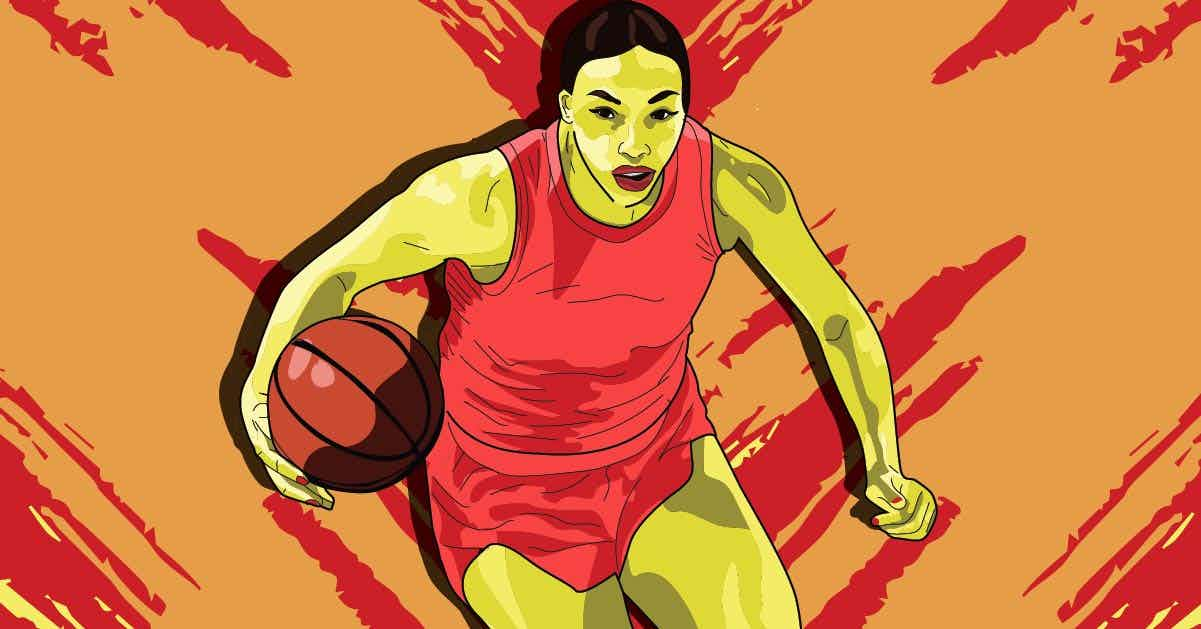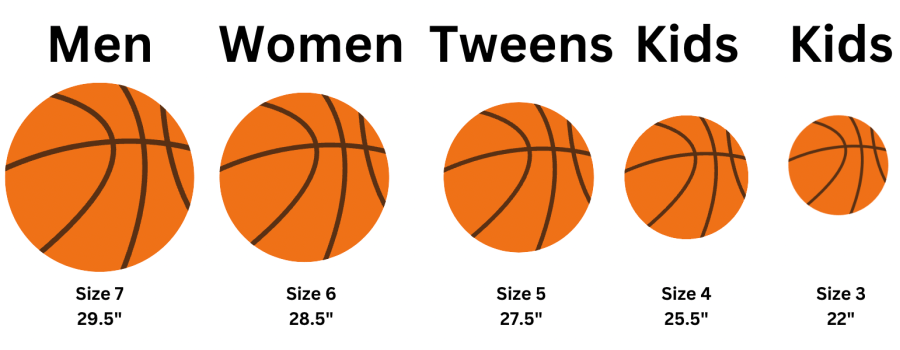
So you’re a hooper, fan, coach, or parent looking to learn more about basketballs. We’ve got you covered. Today we’ll reveal the standard size of a basketball, as well as how basketball size impacts play and performance. Hint: it’s really critical you get the right size! Using this information you can select the best ball for yourself, your league, or your child. Let’s get after it.
There are five different standard basketball sizes. Here we share them from largest to smallest:

Different age groups use different standard sizes of basketballs, and there are special basketball sizes for children. So selecting the right size for your hooper’s hands and body is what’s most critical. Unfortunately many of the best indoor and outdoor balls are not offered in sizes 4 and 3 today.
Get a ball that matches your hooper’s size, so that they learn the proper shot mechanics from an early age. You don’t want your young child straining to heave a big ball into a super high basket, as they’re going to push in very different ways from proper shot form. You also want them to learn how to follow through properly on their shot, which is even more important on a smaller ball. If they don’t, this will put them at a disadvantage later. If a size 3 ball still seems too large for your child to manuever, begin with little plastic blow up basketballs and a mini-hoop.
A larger ball can be OK to practice dribbling with, even for younger hoopers, because it makes controlling the ball more challenging, and helps the hooper build their handles. As long as you don’t see your child straining to push the ball it’s OK to dribble with a big ball. If it’s too heavy though, and they’re contorting their body in weird ways to accommodate for it, move down a size. It’s also OK to use tennis balls to dribble and shoot – for any age of hooper, even adults! Working with a ball that’s very hard to control due to its small size can help you build strong reflexes and more control.
The official size for high school basketballs for boys is size 7 and for girls is size 6.
The official size for college basketballs for boys is size 7 (29.5 inch circumference and 22 oz weight) and for girls is size 6 (28.5 inch circumference and 20 oz weight).
Women’s basketballs have a different size than men’s. They are smaller and lighter. Women use a size 6 ball.
There are special sizes of basketballs for children: size 4 and size 3.
The official size and weight for an NBA basketball is size 7 (29.5 inch circumference and 22 oz weight).
The official size and weight for a WNBA basketball is size 6 (28.5 inch circumference and 20 oz weight).
Now you know how to choose the right size of basketball. If you’re still unsure, go test different sizes out in person, for example at a Dick’s Sporting Goods, Walmart, or Big Five. Once you get your ball, get right to work with some of the best shooting drills for beginners and basketball handling drills you can do at home.